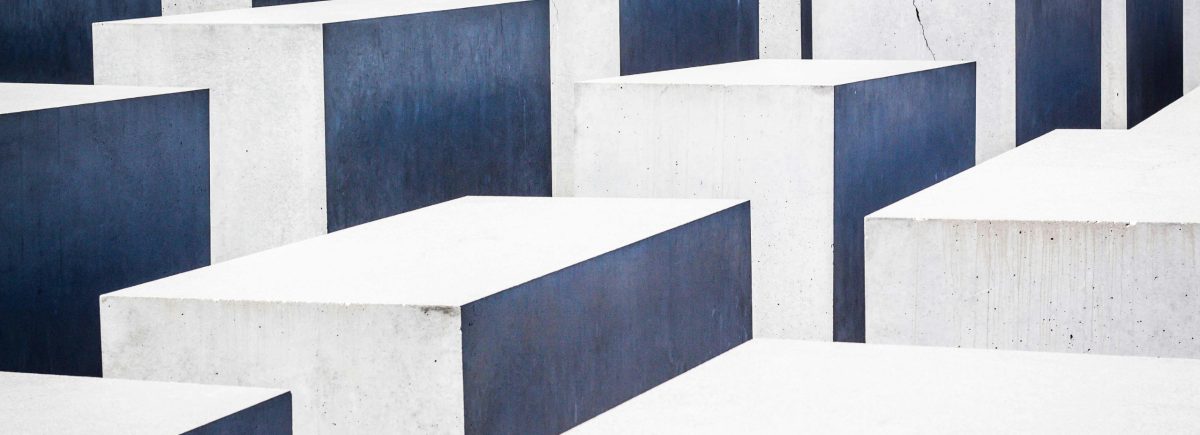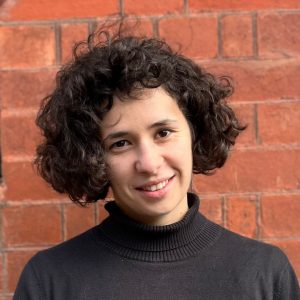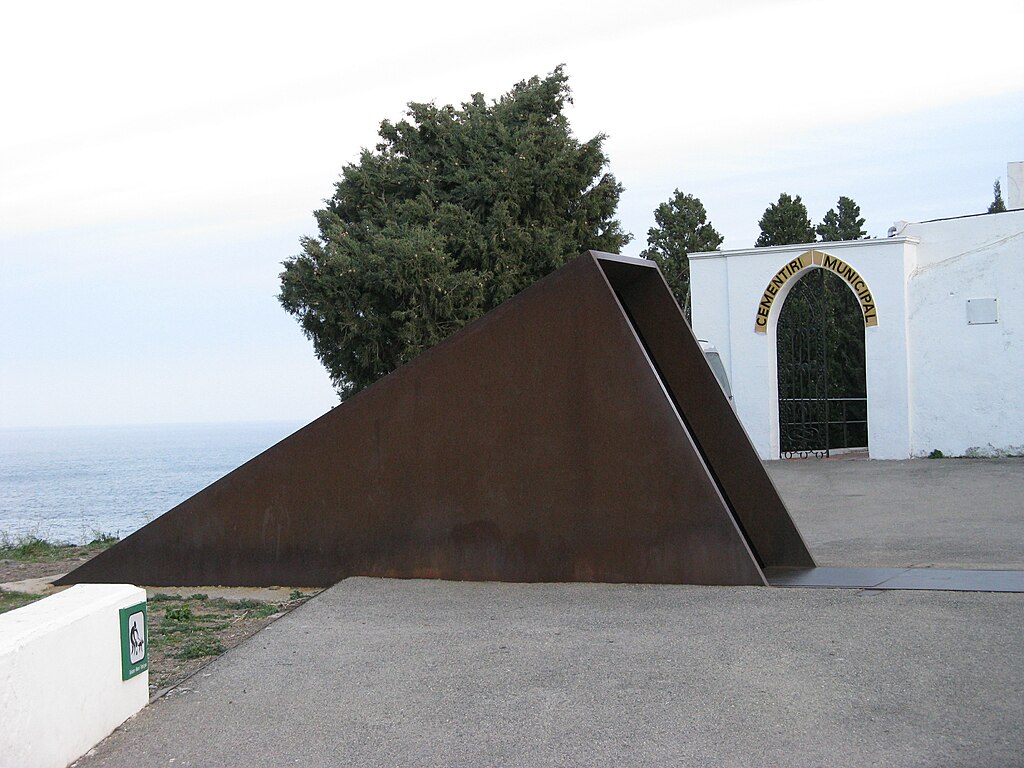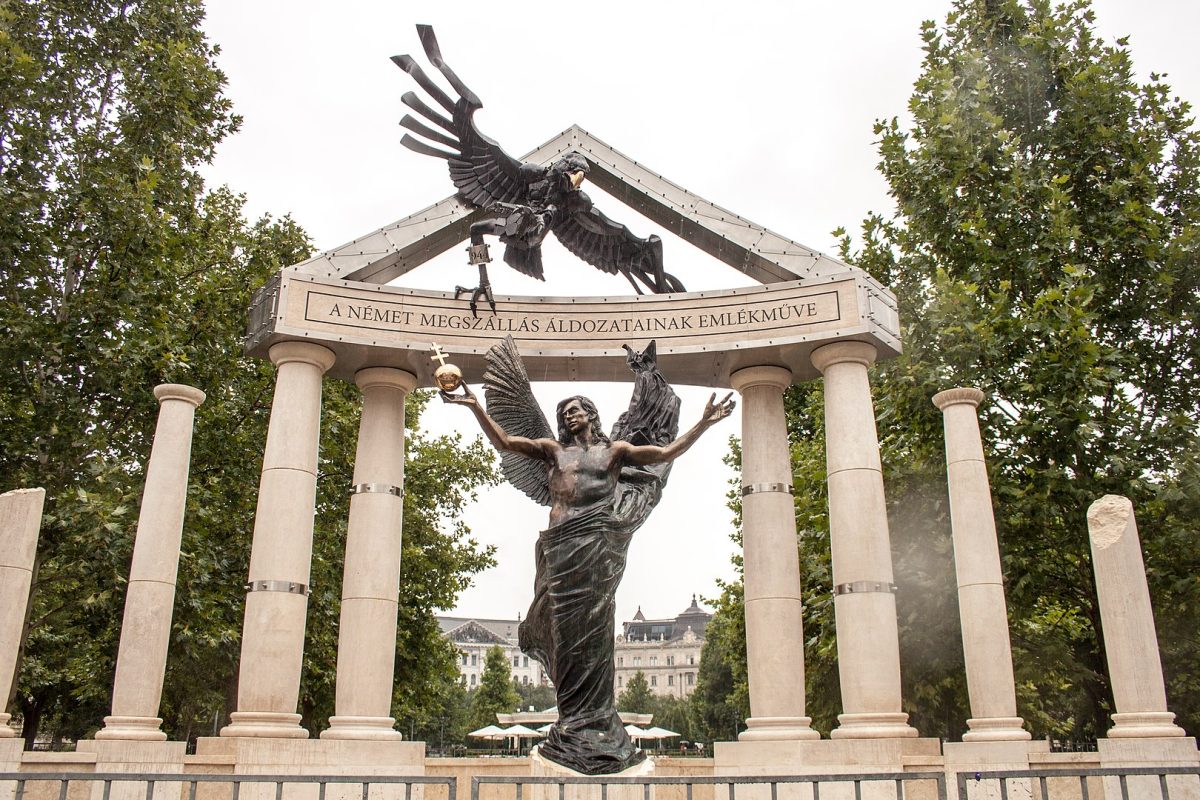How the architecture of memorials can help us understand loss better
Australian Academy of the Humanities 2024-09-19

 Dr Lucy Benjamin from the University of Melbourne.
Dr Lucy Benjamin from the University of Melbourne.Recipient of the 2024 Ernst and Rosemarie Keller Fund, Dr Lucy Benjamin from the University of Melbourne first visited the memorial of Walter Benjamin when she was four years old. She will return to Portbou Spain to visit the memorial for a second time in 2025 as part of a research project into the types of memorials we construct, and how people experience them.
Informed by Hannah Arendt’s reflections on monuments to the ‘Unknown Soldier’ that appeared in the wake of the First World War and the failure of history to disclose the dignity of the individual, Dr Benjamin’s research asks what architecture can do to memorialise loss. A reflection on the care for this particular category of artistic objects that implicates the present in preserving the past and inheriting history as history, her research also looks at the manipulation of memorials to forget, or distort, history.
The memorial of Walter Benjamin
Born in 1892, Walter Benjamin was a Jewish critic and philosopher living in Paris at the outbreak of World War II. Attempting to flee Europe, he crossed the border to Spain with plans to travel via Portugal to the United States. At the border city of Portbou, Benjamin learnt he would not be granted access to remain in Spain and would be sent back to occupied France. Knowing, in all likelihood that this would leave him vulnerable to the Nazi regime, he committed suicide.
 A side view of the memorial, showing the covered iron staircase built into the side of the mountain. Source: Wamito, Public domain, via Wikimedia Commons
A side view of the memorial, showing the covered iron staircase built into the side of the mountain. Source: Wamito, Public domain, via Wikimedia CommonsThe memorial to Walter Benjamin is a sculptural installation built into the side of the Pyrenees Mountains. Visitors must walk on foot through a narrow staircase carved into the mountain towards the sea. Thick glass towards the bottom of the staircase prevents visitors from going any further while simultaneously creating the sense of an infinite trajectory.
The memorial honours Walter Benjamin’s memory, as well as the other unnamed Jewish people who were killed during World War II. A quote from Benjamin’s ‘Theses on the Concept of History’ engraved into the glass reads,
‘It is a more arduous task to honour the memory of anonymous beings than that of famous persons. The construction of history is consecrated to the memory of those who have no name.’
Responding to the anonymous, ‘a central question to my research is how we interact with sites of memorial where bodies may have been removed, or there are no physical bodies to inter,’ says Dr Lucy Benjamin. ‘That could mean the site of war or genocide, or the loss of land in conflict, or where memories of this event may be absent or far in the past.’
Memory, place & loss
‘In English, the word ‘monument’ makes us think about things that are ‘monumental’, but the word for memorial in German is denkmal which means “just think”,’ Dr Benjamin continues.
‘What’s interesting about monuments is that they will often prescribe a certain way of feeling and thinking. But in the German language, a monument is an invitation to reflect.’
‘Lots of memorials are designed to be physically painful to go through — they might make you physically uncomfortable or make you to change your posture.’
‘The Benjamin Memorial is a monument to someone who died fleeing a totalitarian regime, but today, it’s also framed in the Spanish context as dedicated to the people who fought for democracy. So, it commemorates both a singular figure, but also a group of nameless people working together and apart in the name of an ideal.’
Monumental expectations — how we engage with memorials
Dr Benjamin’s research also examines how public perceptions of monuments can change over time. She references a visit to Berlin to see the Memorial to the Murdered Jews of Europe, designed by architect Peter Eisenman and engineer Buro Happold.
 The Memorial for Victims of the German Occupation depicts the archangel Gabriel holding the globus cruciger as an eagle, representative of the Nazi Regime, flies down to grab it. The exterior pillars of the memorial have been broken by protestors. Public domain via Wikipedia Commons.
The Memorial for Victims of the German Occupation depicts the archangel Gabriel holding the globus cruciger as an eagle, representative of the Nazi Regime, flies down to grab it. The exterior pillars of the memorial have been broken by protestors. Public domain via Wikipedia Commons.‘There were people walking through the memorial, but there were also children climbing on the pillars and playing,’ says Dr Benjamin. ‘The memorial is a public place, and it is open to anyone, so there are always going to be issues about whether people engage with it in the “correct way” — and that has certainly been an issue in regards to this memorial — at the same time however, this comes back to that idea about prescribing an experience. How are children expected to act at a memorial? How is anyone expected to behave? How else can we engage with a memorial — especially as our collective memory of an incident grows more distant?’
‘Memorials are fundamentally sites of power — the power to narrate history and to determine who is worthy of memory. One of Walter Benjamin’s central claims, however, was that the claims of the past and those written out of formal history would not be settled cheaply. Such claims make themselves known through informal memorial sites which protest the limits of history as a site of control. Graffiti and vandalism are powerful instances of this kind of contestation. Cœuers Pierres et Solidaires, for instance, inscribe the names of those killed crossing the Mediterranean Sea into rocks at the informal Parisian migrant camp, Porte de la Chapelle, creating a form of posthumous testimony. When in 2014, the Hungarian government constructed the Memorial for Victims of the German Occupation in Budapest in memory of the German invasion of Hungary, it faced heavy criticism for ‘holocaust distortion.’ Alongside the formal narrative depicted within the design, a counter-memorial exists through vandalism, challenging the testimonial authority of the state as historical narrator.’
Graffiti and attacks on the memorial ‘add another element of history’, according to Dr Benjamin.
‘Some of the columns were broken by vandals, which gives the monument the semblance of being old ruins and belonging to a history seemingly distinct to that of the 20th century. Protests around the memorial are still active and give insight into the duality of history and memory — and it reminds us to ask who put up this monument, and what might their reasons be for doing so.’
Benjamin ‘an innovative early career researcher’
At the end of her research trip, Dr Benjamin will travel to the Hannah Arendt Centre in Verona, Italy, to present a lecture on aspects of this research. This research will appear as a chapter in her forthcoming book: Arendt’s Architect: The New Spaces of Appearance, with future plans for several articles to be published across academic and literary journals.
Chair the Awards Committee, Emeritus Professor John Griffiths FAHA said, ‘Dr Benjamin’s research project will generate new contributions and advance debate across architecture theory and philosophy and challenge us to consider how we engage with history, loss and memory through the memorial, and life, of a key figure in German philosophy. Dr Benjamin is an innovative early career researcher with a demonstrated track-record and an engaging plan to disseminate research conducted under this Fund to the wider public.’
‘I’m heartened to see the calibre of research put forward for the Ernst & Rosemarie Keller Trust, honouring the memory of Dr Keller, a distinguished scholar of German and Comparative Literature. The generous bequest from Ernst and Rosemarie Keller holds immeasurable value in supporting the important research of scholars like Dr Benjamin.’
The post How the architecture of memorials can help us understand loss better appeared first on Australian Academy of the Humanities.